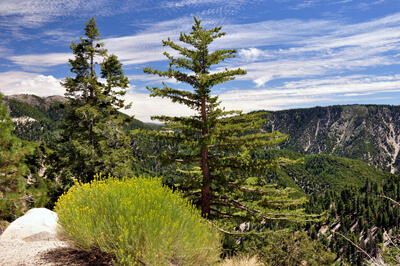Fiberglass is a liquid glass whose production is pulled into thin fibers and then spun into yarn and sheets/fabric. In the process of using it closely, fiberglass must be mixed with several resin chemicals so that it becomes a strong, sturdy and corrosion -resistant material or also called a composite material that can react with each other so that it undergoes hardening within a certain time and will form according to the molding. So that it can produce products such as water tanks, trash cans, water tanks, septic tanks, coolboxes, speedboats (ships) and so on .
Using fiberglass from fiberglass supply depot has many advantages compared to other materials such as metal, these advantages include: cheaper, easy to shape, and of course lighter and more flexible. Chemicals that are the basic ingredients or raw materials for making fiberglass include:
1. Resin.
Resin is a chemical that is the raw material for a mixture to make fiberglass in the form of a viscous liquid such as glue. Resin serves to harden the fiberglass material and is printed according to the desired molding or mold.
2. Fiber Fiber (Mat)
Fiber or Mat is one of the raw materials for making fiberglass products in the form of cloth where the fibers have various specifications according to the shape of knitting or woven, ranging from fairly smooth woven models to coarse or large and rare woven models. The material serves for reinforcement and coating the basic dough mixture of fiberglass. So when all the chemicals are mixed and compounded and hardened, then they are applied to these fibers which have been fixed according to the mold or molding model. Therefore, the fiberglass material becomes quite strong and does not break easily.
3. Erosil
Erosil is another raw material for making fiberglass in the form of a fine powder that resembles white baby powder. This material has a function as an adhesive for mat materials so that fiberglass has strength and is not easily broken or broken.
4. Talk
Talc is a raw material in the form of a white powder that resembles sago flour. This material has the function of making fiberglass hard but also flexible.
5. Catalyst
Catalyst is a raw material for making clear fiberglass and has a function as a dough thinner. These chemicals are usually sold together with resins. The ratio between catalyst and resin is usually 1/40 liter of catalyst and 1 liter of resin.
6. Pigment
Like most pigments, this material is a coloring agent to produce the desired color of fiberglass material .
The process of making fiberglass can be divided into three stages, namely:
Mixing the six main ingredients into a basic ‘dough’ ingredient.
Make a mixture that serves as a reinforcement.
The finishing stage or completion as well as the refinement stage.
To be able to produce quality fiberglass that is strong enough, the mixture of ingredients to make the mold master must have a thicker thickness than the finished fiberglass or fiberglass. The extra thickness is about 2 to 3 mm or done 3 to 4 times the coating
The fiberglass manufacturing process can be abbreviated as follows:
1. The resin is mixed with talc and stirred until smooth. If the mixture is too thick, add a catalyst.
2. After all the basic material mixtures have been made, the next step is to polish the surface of the mold with a mirror that functions as a lubricant. For best results, wait for the pelican to dry completely.
3. The next step is to apply the dough/base mixture to the surface of the mold until evenly distributed then wait until it is half dry. In order for the drying process to be faster, it is usually dried in the sun.
4. The last step is the release of the finished or finished fiberglass material and is carried out when the dough layer is completely dry and hardened. If the coating is removed before it is completely dry it can cause shrinkage.


